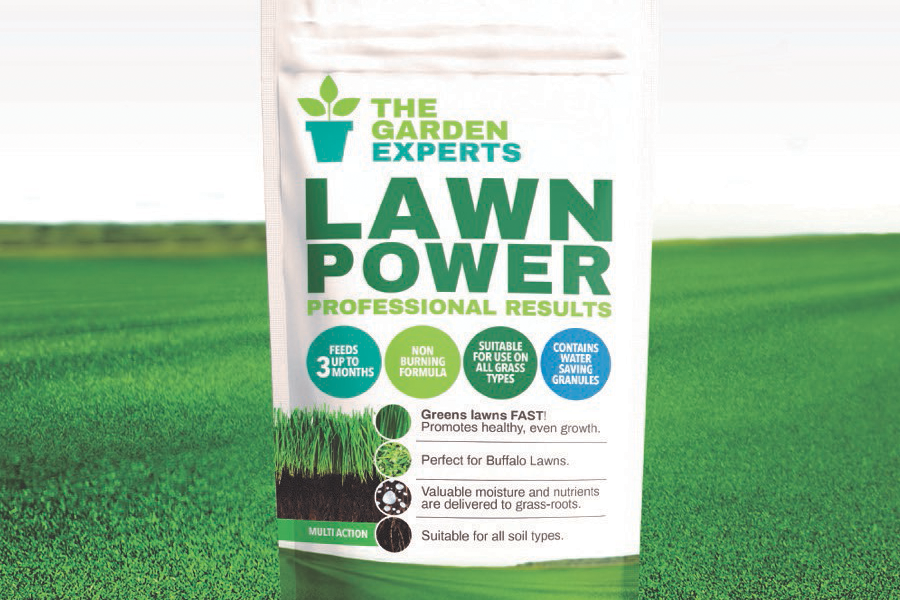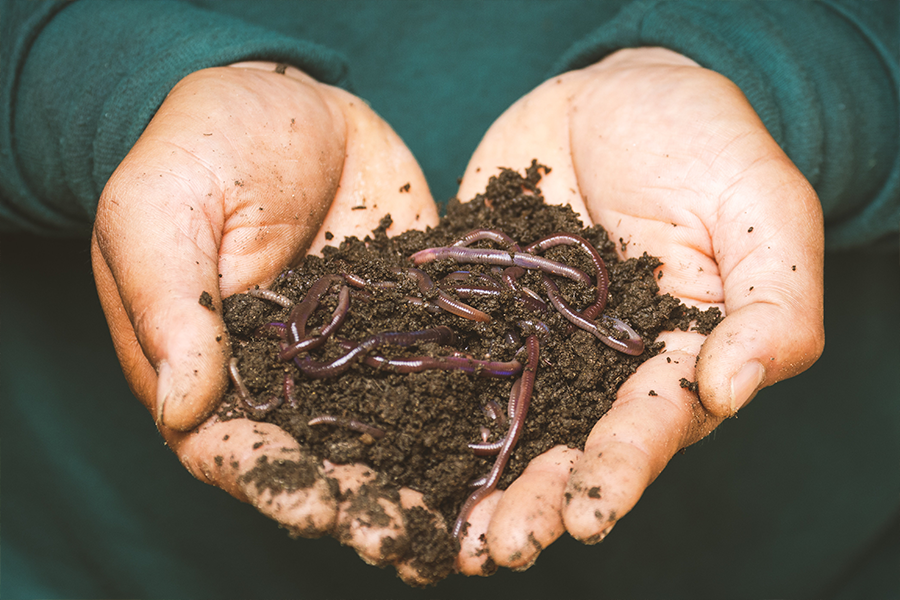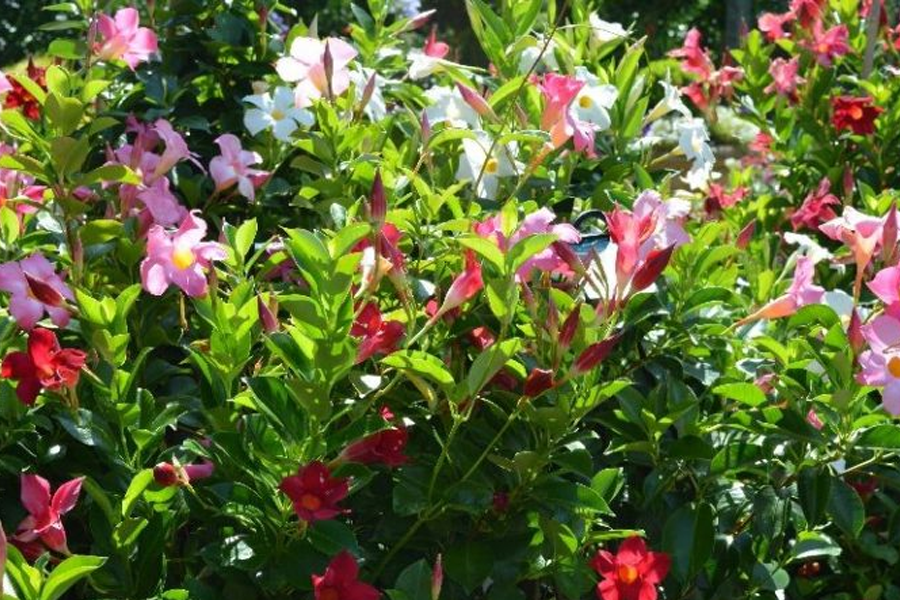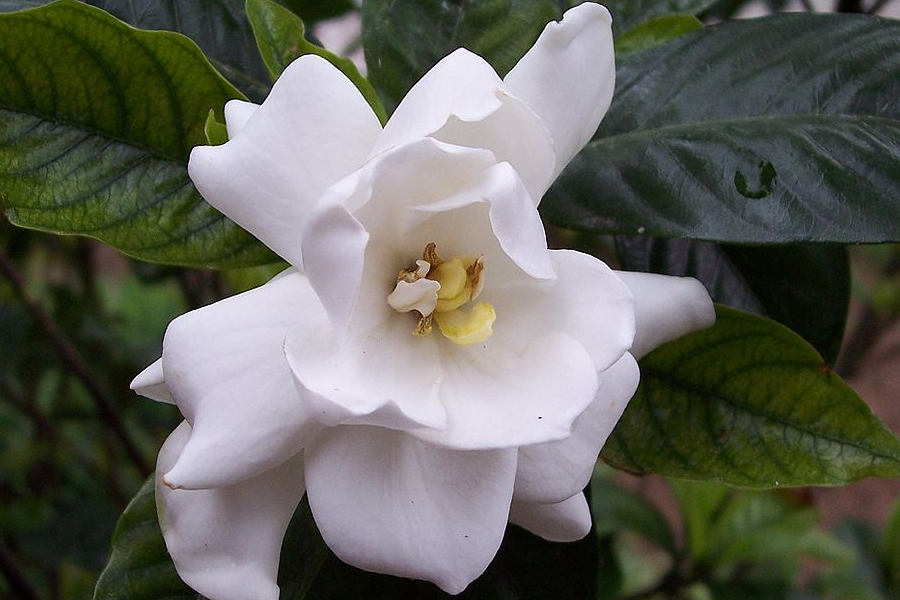by IGC Admin
Share
by IGC Admin
Share
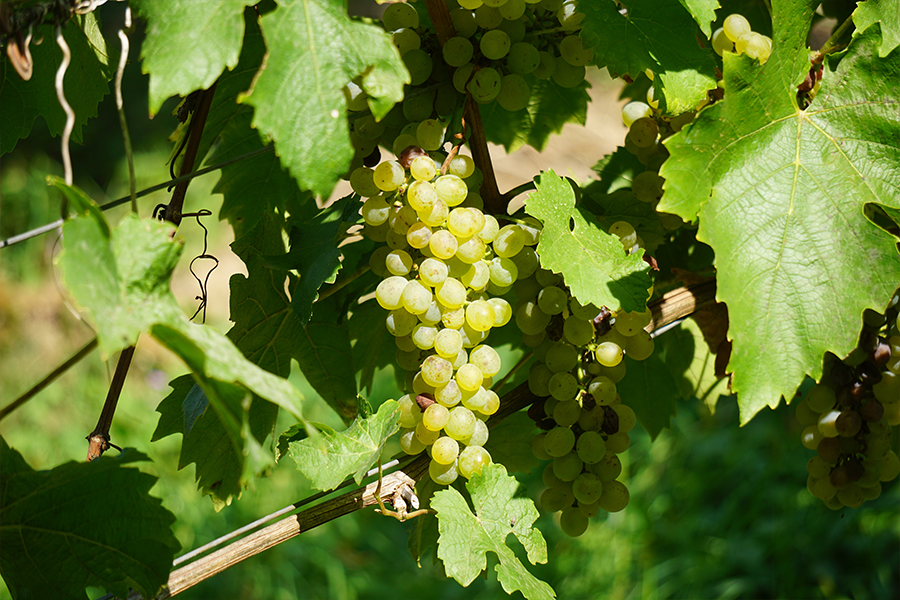
The grapevine is a deciduous vine that has attractive light green foliage in spring changing to dark green in summer.
The vine is easy to grow and very reliable with its fruit production. It makes an ideal pergola cover giving cool shade in summer, but also lets the sun through in winter.
Position
A trellis, or any above ground structure is essential for the vine. Grapes will grow in a wide range of soil types from sandy through loamy, to moderately clayey soils. They will also quite tolerate of a wide range of climatic conditions from sub-tropical, cold winter and hot summers. They are native to a low humidity climate, so humidity can be a limiting factor with some varieties. The ideal location to plant is one that receives summer sun. Winter sun is not essential. Your vine should bear bunches of grapes 2 to 3 years after planting.
Pruning
Grapes will bear better bunches and the vines will be more manageable and attractive if pruned back hard each winter when dormant. Basic pruning is simple:
Follow the growing tip back to the older wood from the year before. You will recognize the older wood because it has much coarser bark. Now come forward about 4 to 5 buds onto the younger wood and cut with secateurs most of the vine that h grown in the past season. Do this to all the growth on your vine.
This pruning method is by no means the only one. If you wish to keep a pergola covered for instance, you will probably leave a lot more growth on. Remember this: The harder you prune back the stronger and more robust the spring growth will be. Grapes tolerate frost but it is not necessary for fruiting.
Planting
1. Ensure that you have a trellis or some structure for the vine to run on.
2. Ensure that root ball in the pot is fully saturated.
3. Dig a hole much wider than pot diameter at top but only slightly deeper than pot depth
4. Remove plant from pot and place in hole so that pot soil level is about 3 cm below ground level.
5. Fill the hole so that a depression is left to catch water.
6. Saturate hole with one or two 10-litre buckets of water. This is the most important step and must be done as a flood to re-establish capillary action with surrounding soil.
7. Manure and lime can be added when filling the hole, or spread on top.
8. If planting in hot months follow up water once or twice a week depending on heaviness of soil for 4 to 6 weeks.
Problems
If suitable varieties for your climate are selected, problems along the way will be minimised. Home garden growing of grapes requires little or no spraying. If you experience fungal problems in the foliage, you can spray with Bordeaux mixture in winter and/or Copper Oxy chloride or Wettable Sulphur in early summer.
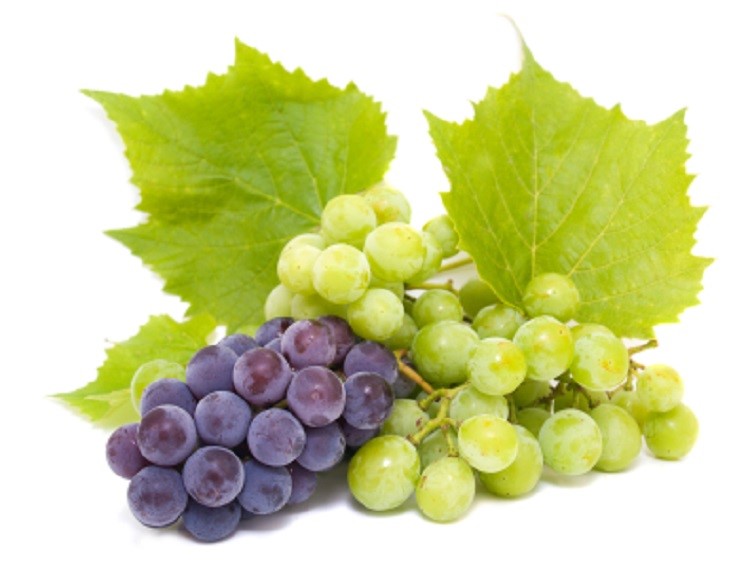
What's worse than finding a worm in your apple? Finding half a worm...
Stunning tropical –look summer showstoppers providing an irresistible show of colour to brighten up your home.
Gardenia are very popular and a much-loved shrub, which originated from China, but it's important to know how best to care for them.

